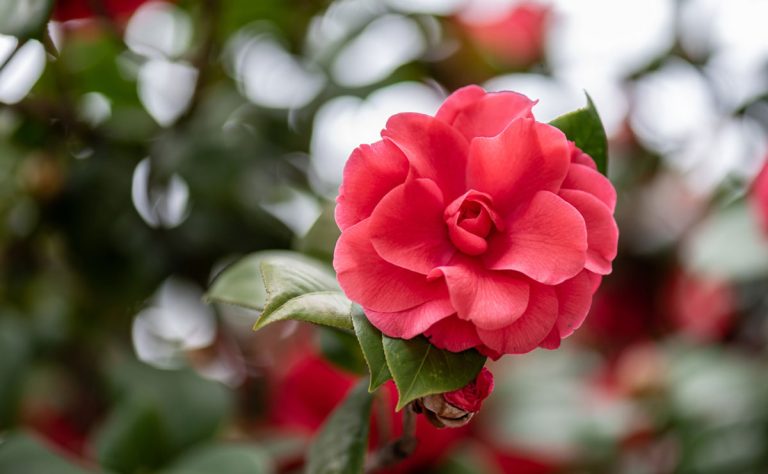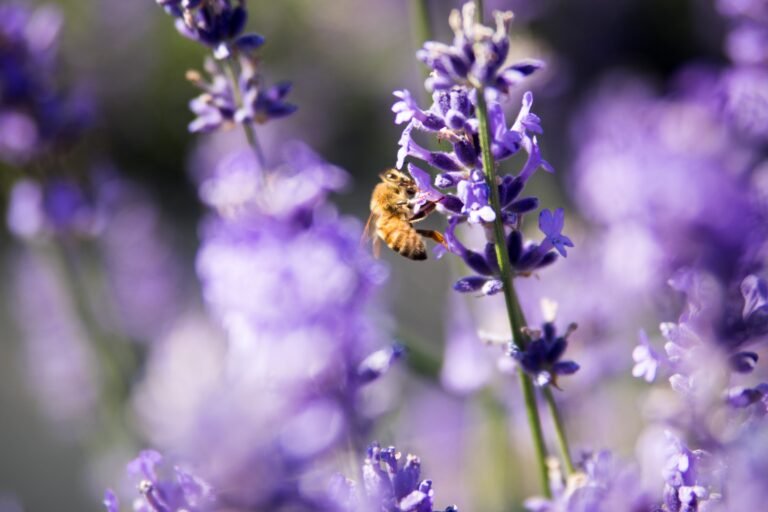Intensive cultivation without crop rotation, especially with species from the same botanical family, can lead to exhaustion of soil, reducing soil productivity.
A traditional practice to improve the soil is crop rotation, which consists of alternating over time ‘soil depleting crops’ (which impoverish the soil) with ‘improving’ crops (which enrich it).
Biofumigation: a natural and effective solution
CREA-CIN (Research Centre of the Ministry of Agriculture) has developed an innovative and natural process called biofumigation, which combines the advantages of green manure with the effectiveness of biofumigant plants to combat pests, pathogens and soil fatigue.
What is green manure?
Green manure consists of ploughing in a specially sown crop to improve the soil.
The most commonly used plants are leguminous plants, which enrich the soil with air-fixed nitrogen, which is particularly useful in areas where manure or other organic fertilisers are in short supply.

How does biofumigation work?
Biofumigation uses specific biocidal plants, such as rocket, mustard or turnip rape, which release natural substances that can counteract:
- Animal pests (insects and nematodes).
- Fungal and bacterial pathogens.
Benefits of biofumigation
This process integrates all the benefits of green manure, such as:
- Increased organic matter in the soil.
- Improved soil structure, reducing erosion and runoff.
- Improved uptake of essential nutrients (nitrogen, phosphorus, potassium).
- Reduction of weeds.
In addition, biofumigation offers:
- Selectivity towards useful microflora and microfauna.
- Effectiveness against pathogens such as fungi, bacteria, nematodes and soil insects.
The steps in the biofumigation process
1. Soil preparation and fertilization.
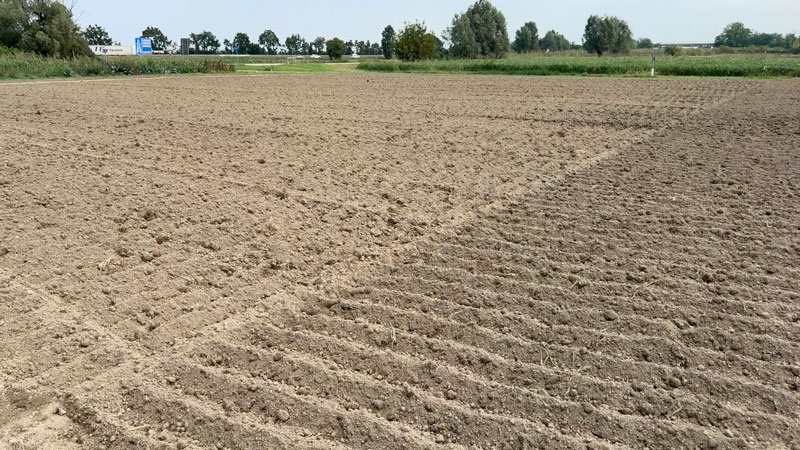
2. Sowing of the biofumigant plant, preferably in late summer or early autumn, but also possible in late winter.
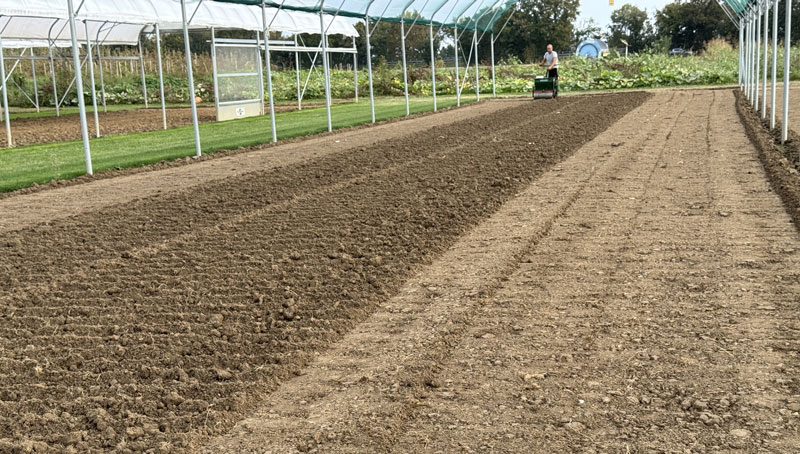
3. Ordinary cultivation, with pest control and support fertilization if necessary.
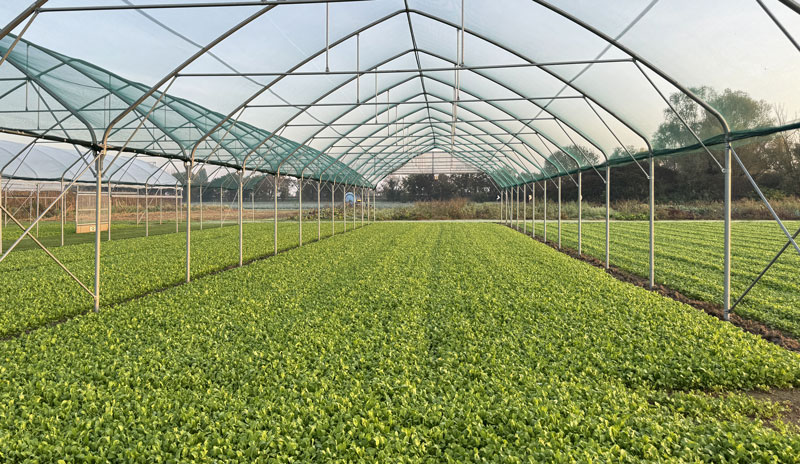
4. Green manuring of the biocidal plant, to be carried out close to flowering, following two steps:
– Thin cutting up of the aerial part, leaving the material on the ground.
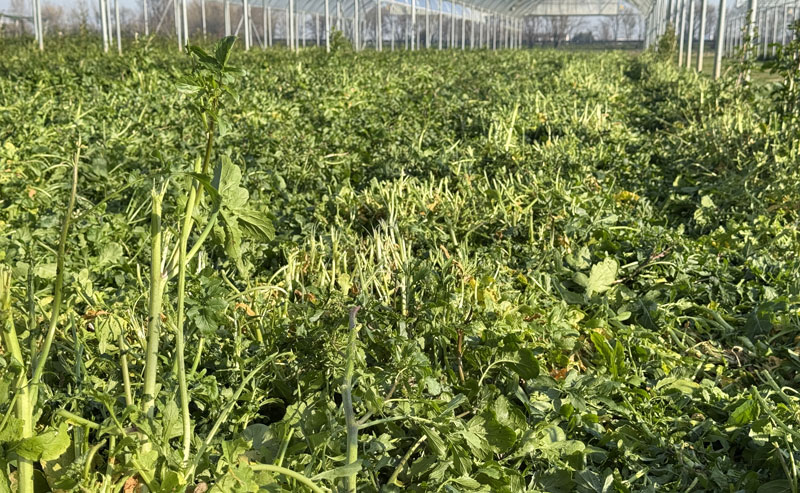
– Immediate ploughing in of the cutted part, at a depth of 15-20 cm, within 30 minutes (preferably immediately).
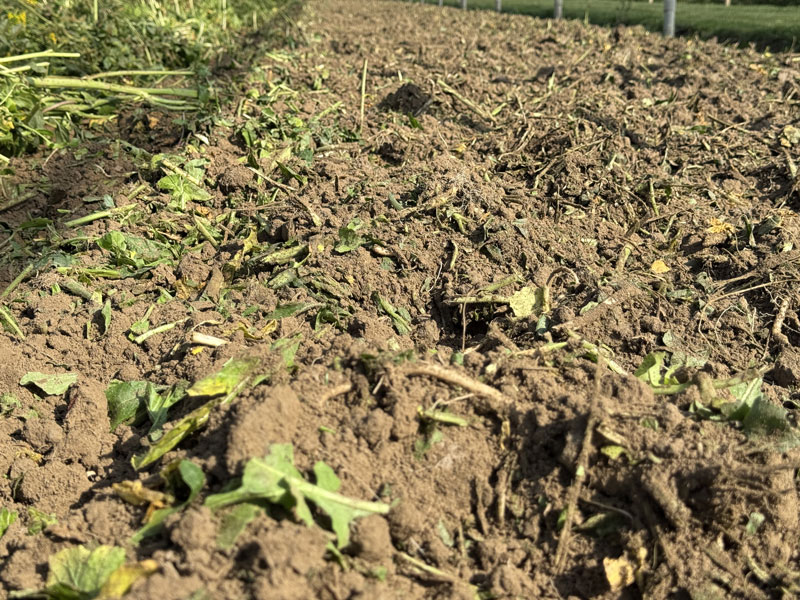
For more severe cases of fatigue, it is recommended to add 250 g/m² of Brassica juncea meal , one of the most effective biofumigant plants selected by CREA-CIN.
4. Irrigation, to activate the natural biofumigation reaction.
Conclusion
Only 7 days after treatment, the soil will be ready for sowing or transplanting again.
Thanks to biofumigation, farmers will have regenerated, healthy and pest-free soil, using only natural processes.
This practice is suitable for both professional and amateur farmers, representing a sustainable and innovative alternative to improve soil productivity.
The soil is ready… and you? Watch the full video on our YouTube and get ready to regenerate your soil naturally.


